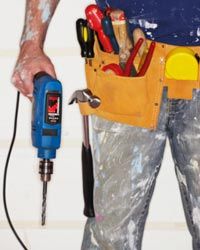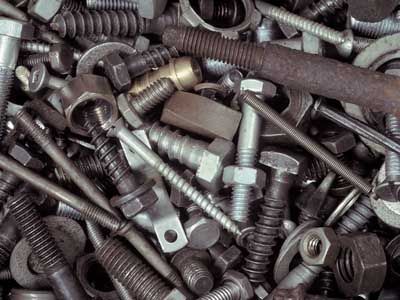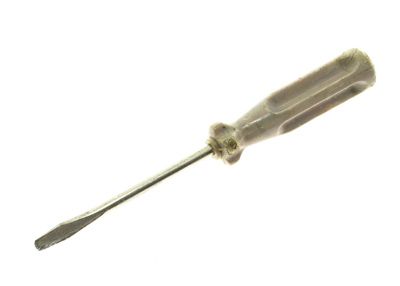Pliers are hand tools that are mainly used to hold objects in place and to cut wire. They serve as an extension of your hand to increase your grip, and sometimes they help you reach awkward spaces you can't quite get to with your fingers. They fall under the category of simple levers, with the joint serving as the fulcrum. When you squeeze the handles, you're using the fulcrum to amplify your strength, which is then focused in the jaws of the pliers. The longer the distance from the joint to the end of the handle, the more power you can direct to the jaws. Ancient blacksmiths were the first to use pliers; they needed a way to grip red-hot iron.
While there are many types of pliers today besides forging pliers -- like tongue-and-groove, needle-nose, flat-nose, round-nose, locking and linesman's -- the most basic type of pliers are the slip-joint pliers. In fact, slip-joint pliers are so common that they're often referred to simply as "pliers." Slip-joint pliers have two sets of teeth on their jaws: fine and coarse. The fine teeth are useful for grabbing smaller items such as nails. Meanwhile, the coarse teeth are good for grasping large things such as nuts or bolts. The "slip-joint" part of the pliers is the pivot. Instead of just allowing you to open and close the pliers, the slip joint allows you to set the mouth to two different positions. You can slide the pliers apart for a wider grip or slide them together for a narrower grip.
Advertisement
While slip-joint pliers are the most common and the most basic, they have yielded much of their prestige to more specifically geared tools because slip-joint pliers have a reputation for slipping. No matter what pliers you use, you should put a rag around any finished surface you need to tighten to protect it from scratches.


